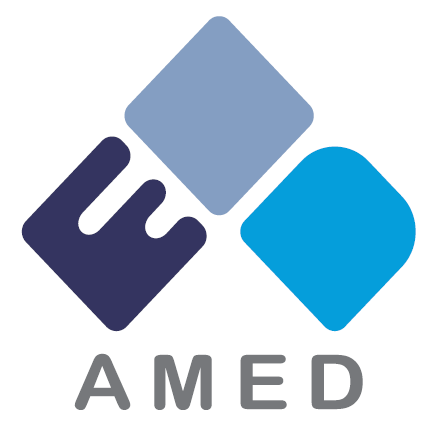Choosing the right distributor is one of the most critical decisions for life sciences companies entering or expanding in a … Read More
Category: Pharmaceutical
Insights about the Japanese pharmaceutical market.
Why Good Products Fail in Japan: It’s Not Always the Market
Many global executives are told the same story when sales in Japan disappoint:“Japan is a difficult market.”“Customers here are conservative.”“The … Read More
Why Japanese Distributors Can Be Your Best Ally – If You Manage the Relationship Well
When a company considers entering Japan, one of the first strategic choices is whether to establish a local office or … Read More
AMED and Its Role in Japan’s Pharma Investment
The Japan Agency for Medical Research and Development (AMED) is a government agency established in 2015 to centralize and streamline Japan’s national … Read More
Sakigake Designation: Accelerating Innovation in Japan
In the competitive world of pharmaceutical development, speed to market is crucial, especially when it comes to addressing serious diseases … Read More
Unlocking Japan’s Pharmaceutical Market: A Strategic Guide for Success
Japan stands as a beacon of opportunity for pharmaceutical companies, offering a unique blend of growth potential, innovation, and access … Read More





